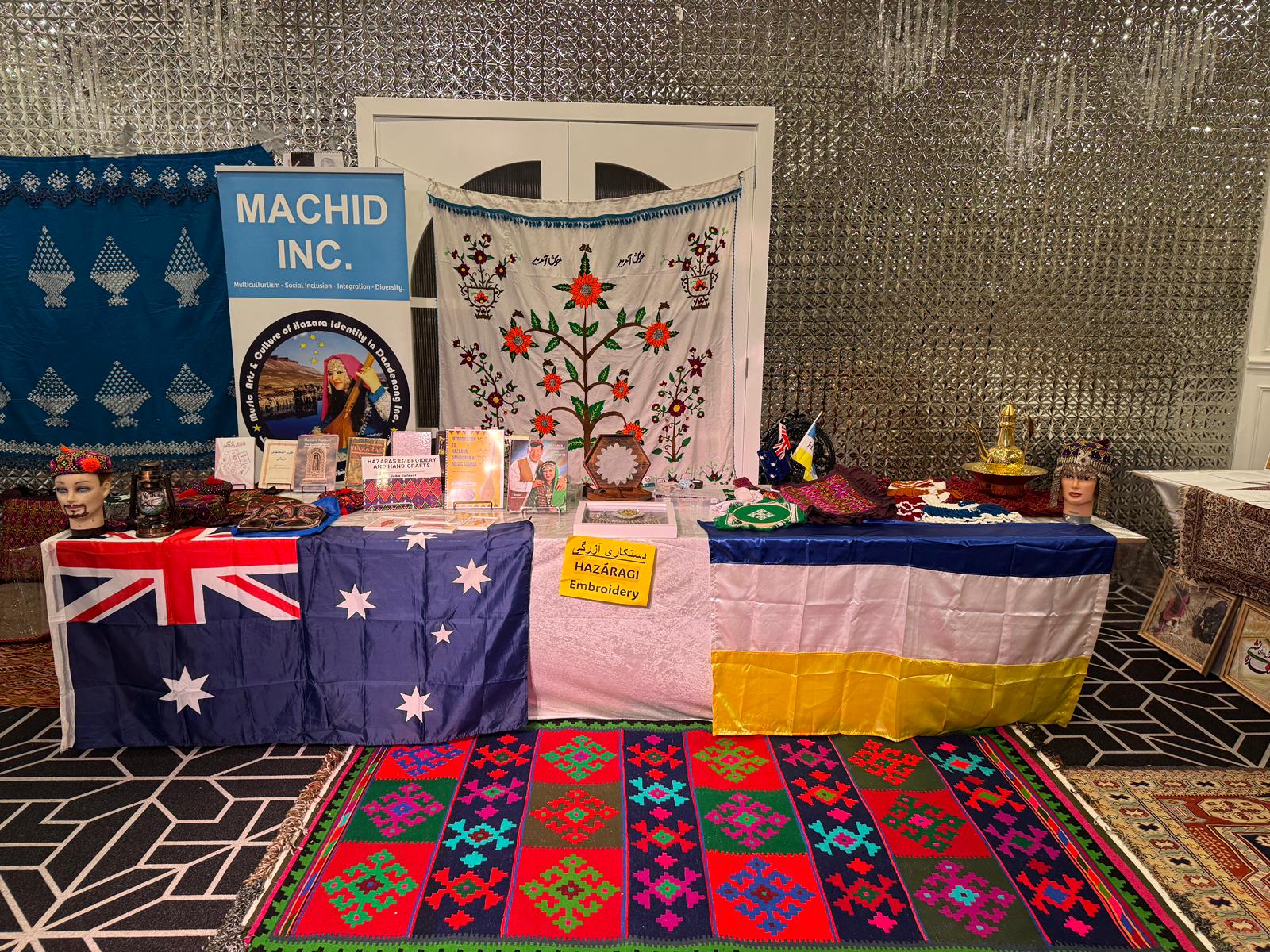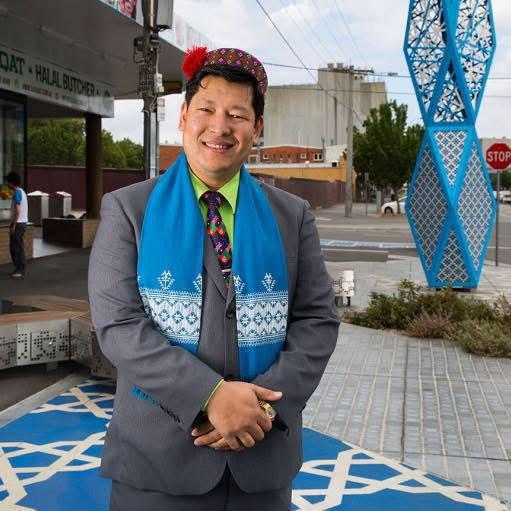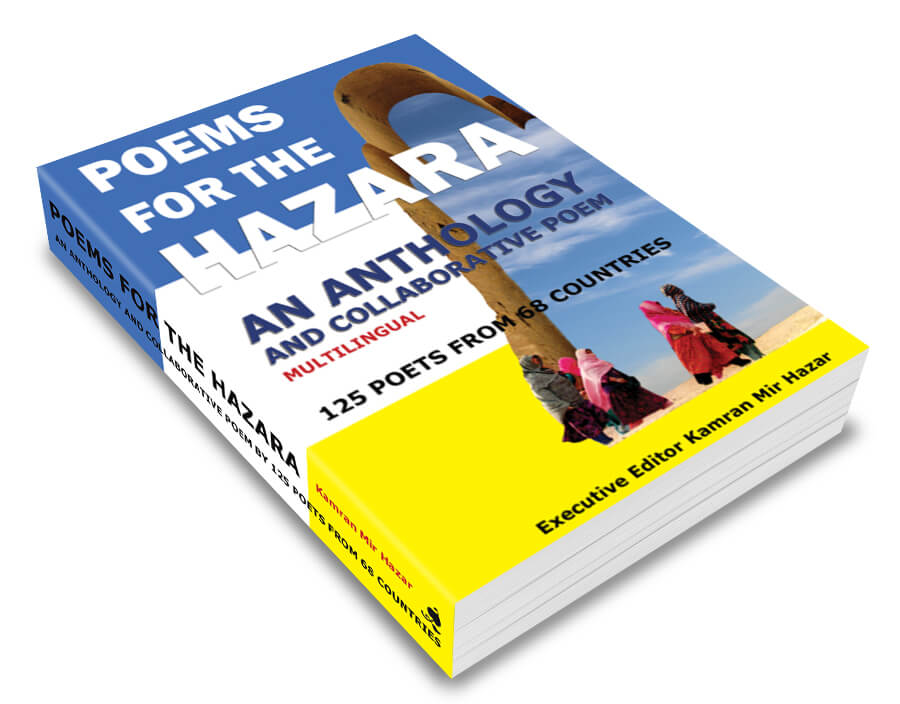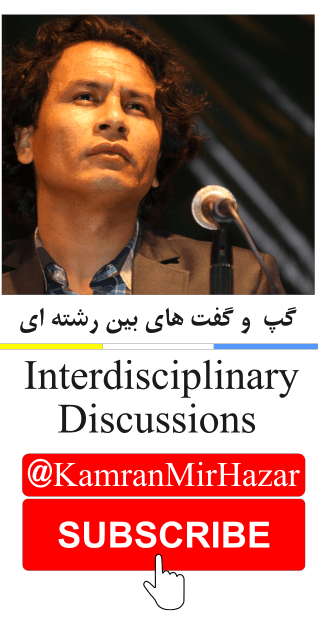
My Journey to Revive Hazara Culture Over the Past Decades
Reading time: (Number of words: )
“First they ignore you, then they laugh at you, then they fight you, then you win.”
Gandhi
The above quotation from Gandhi is a picture-perfect saying that fits into my Hazaragi cultural revival work. it seems like Mr Gandhi had a Cristal Ball thought in which he could predict the future in the 20th Century. It also means that visionaries such as Mahatma Gandhi, Martin Luther King Jr., and Nelson Mandela had set the ground for future generations of advocates, revivalists and change-makers.
As Neapolitan Bonapart once said, “Give me a good mother and I shall give you a great nation” was another landmark statement that resonated with me. My mother was an illiterate woman who introduced me to Hazara culture at the young age of seven years, despite being an illiterate woman she had lots of embroidery, handicrafts, the best motherhood wisdom and a wise vision for raising her children and raising a family as a teenager when she first got married.
I was just seven years old when my (late) mother made a hat with a “Dum-e sheer” in cross stitch design of Hazaragi embroidery, which I still have with me as a safekeeping.
When I became a teenager; I became more curious about my Hazara cultural heritage discovery.
Fast forward to 1999 after escaping the persecution in the Hands of the Taliban and

seeking refugees as a teenager to Australia via a leaky boat from Afghanistan I became more isolated. I could say that I was among the first settlers in Dandenong among the Hazara refugees from Afghanistan.
I recall a moment in 2001 when I was sitting on a bench in front of Dandenong Plaza in sorrow and regret and thinking to myself, as I heard rumour back in my village that “when people go to Western countries they will become like foreigners and lose their faith, identity and culture heritage.” So, I thought that I was also going to lose my culture, language and identity.
Luckily, now over 10,000 Hazaras are living in the city of Greater Dandenong.
Fast forward 10 years, when First Nawroz in 2011 was celebrated. I saw "Koochi" or “Kuchi” which means an Afghan Gypsy dress among the audience and "Gand Afghani" which in Afghanistan it is an imposing traditional dress and an Imposed identity of “Afghanism” hegemony of a particular tribe in the rest of the tribes in Afghanistan also here in Australia.
After 2010 When I became a secretary of the Shamam Association I advocated and lobbied to remove the camel (a sign of stigma & hate - that people used in burning our Hazara houses and fire rockets from camelback in Hazaraistan) and proposed and worked towards getting Dimond Shape “Hazara & Shia Identity Marker” Installed at Thomas Street, Dandenong however Dandenong council refused to remove the name “Afghan bazaar”.
So in 2011, I started wearing my hat and shall around my neck proudly. Ever since I continued wearing and became more curious about my identity and Hazaragi cultural heritage. Also, I have been recognised for my cultural outfits in various large events, seminars, social functions, rallies and protests etc.
Since 2012 I have attended a bunch of Nawroz Festival and other cultural events and held a stall to exhibit and raise awareness about rich embroidery, handicrafts and motifs of Hazaras to fellow Australians.
I founded and formed a MACHID. Inc. (Meaning collection of 7 stars in Hazaragi e.g. Southern Cross) formed & registered in 2013 (music art & culture or Hazara identity - Dandenong) as an incorporated entity.
Furthermore, I took part in various interstate, local and regional Victoria and events internationally (Shepperton, Mildura VIC, Naracoorte SA and Canberra ACT, Japan & Pakistan) to introduce the importance of Hazara Culture, Cultural identity and Cultural heritage to the world heritage list.
Here in Victoria, I requested a religious (mullahs) group which has approximately 400 students until the high school to provide us with some children, so we be able to form a small singing or cultural group. when I asked about the children’s group for the Hazaragi song and stage performances - They laughed at me by saying “az dom shi shuro kada” implying starting far back which means it is too late. Also, they said “kola khalqiya” a Communist hat and so on.
Now these particular religious teachers are going with teenage girls in Hazaragi dress to various events, singing “Srood e milli” a national song on stage everywhere. These are the guys who denied the Hazaragi language identity and imposed Dari and Farsi upon Hazara people children of future generations.
2015 got married and wore a Hazaragi cultural outfit at my wedding. and wore daily in Quetta, which people laughed at me. and called my name "Aughostani" "Lalai" "Tayra" etc.
In Quetta, around 2016 when I was attending some poetry night, someone snapped a picture of me and labelled me “Hazaragi Cultural Radical". If promoting one’s culture is a sin, then let me be that person.
Some critics mocked me on social media labelled me “Jaghurigo Culture” It is not Hazaragi which represents all Hazaras. but Hazaragi is very rich and diverse we have not yet researched or defined what Hazaragi culture means, which I am trying to establish through my future books.
In 2017, I started researching Hazaragi culture, as online and in print, Hazaragi cultural heritage, motifs, and designs have been stolen and attributed to other tribes. With the help of my friends, I collected and categorised 1,000 photos of embroidery, handicrafts, and Hazaras. which I shall publish in 10 volumes (so far, 3 books on culture, but the first volume of Embroidery and Handicrafts has been published).
One of the cardinal reasons is Hazara youth students from Pakistan in various institutes e.g. NCA, LUMS, PIFD, Indus, etc. contacted me about literature reviews or academic sources on Hazaragi embroidery, culture, and motifs, which can be used as reference.
However, none of them have accessed, so, I became a pioneer and forged the path for our future generations. Luckily, I live in Australia which means I have access to resources, books and other references at my disposal, and the Hazara people in Pakistan, Afghanistan and Iran do not have access to those books or literature specific to Hazaras.
Besides, in most Western literature on Hazara embroidery, handicrafts and motifs have been misrepresented, often discriminating against Hazaras and portraying them as prodigious or under the influence of the elite in Afghanistan, who harboured hatred against Hazaras and shared anecdotes and fables with Westerners, or intentionally fabricated myths and propaganda against Hazaras.
Furthermore, I am grateful to our Hazara Artis, who are the real experts. I have the Honor of collaborating with Hazara experts like A/Prof. Ramzan Jafari, Prof. Mohammad Sabir, renowned artists H.A. Hatif, Zia Atahi and many others to highlight their work in my literature.
Up until the 2024 Nawroz Festival since 2012, I held a stall and gave people a test of the Hazaragi cultural experience for free which I paid out of my pocket for stall hire and all other expenses.
I collaborated with Japanese friend Ali Arifi (PhD) and (late) Japanese researcher with UNASCO Ms Anuki (Deputy Director) on the Intangible Culture Heritage (ICH) seminar workshop during 2020.
I also collaborated with Fatima Atif & Dr Fawzia Director of PNCA (Pakistan National Council of Arts) and renowned Hazara historian Ishaq Mohammadi (USA) to hold a session on Hazara Cultural Heritage. Also delighted to see Hazaragi Diorama is one of Fatima Atif & Dr Fawzia’s legacy, which I am delighted to see coming to fruition.
I am optimistic, that one day we will have museums and displays all over the world that host Hazaragi Embroidery, Motifs, Handicrafts and other significant items that will be a significant contribution to the world heritage list and the body of knowledge in this field of Culture and Anthropology.
In conclusion, I am proud of my identity, as Hazara and proud of my people who have celebrated Hazara Culture Day in 2025 all around the globe, and said no to the genocide of not only the Hazara people but also Genocide of culture and Linguicide of the Hazaragi Language, which is another front I am working on and have currently authored over 30 books to preserve, promote and revitalize Hazaragi language under the entity of HALPARS for future generations yet to come.
In Solidarity with World Hazaras.

Author – Children’s book and Hazaragi Embroidery | Business Coach | Master Entrepreneur | Motivational Speaker | Storyteller | Polyglot | Philologist | Lexicographer | Hazaragi Linguistic and Culture Revivalist | Community Advocate.

Poems for the Hazara
The Anthology of 125 Internationally Recognized Poets From 68 Countries Dedicated to the Hazara
Order Now








